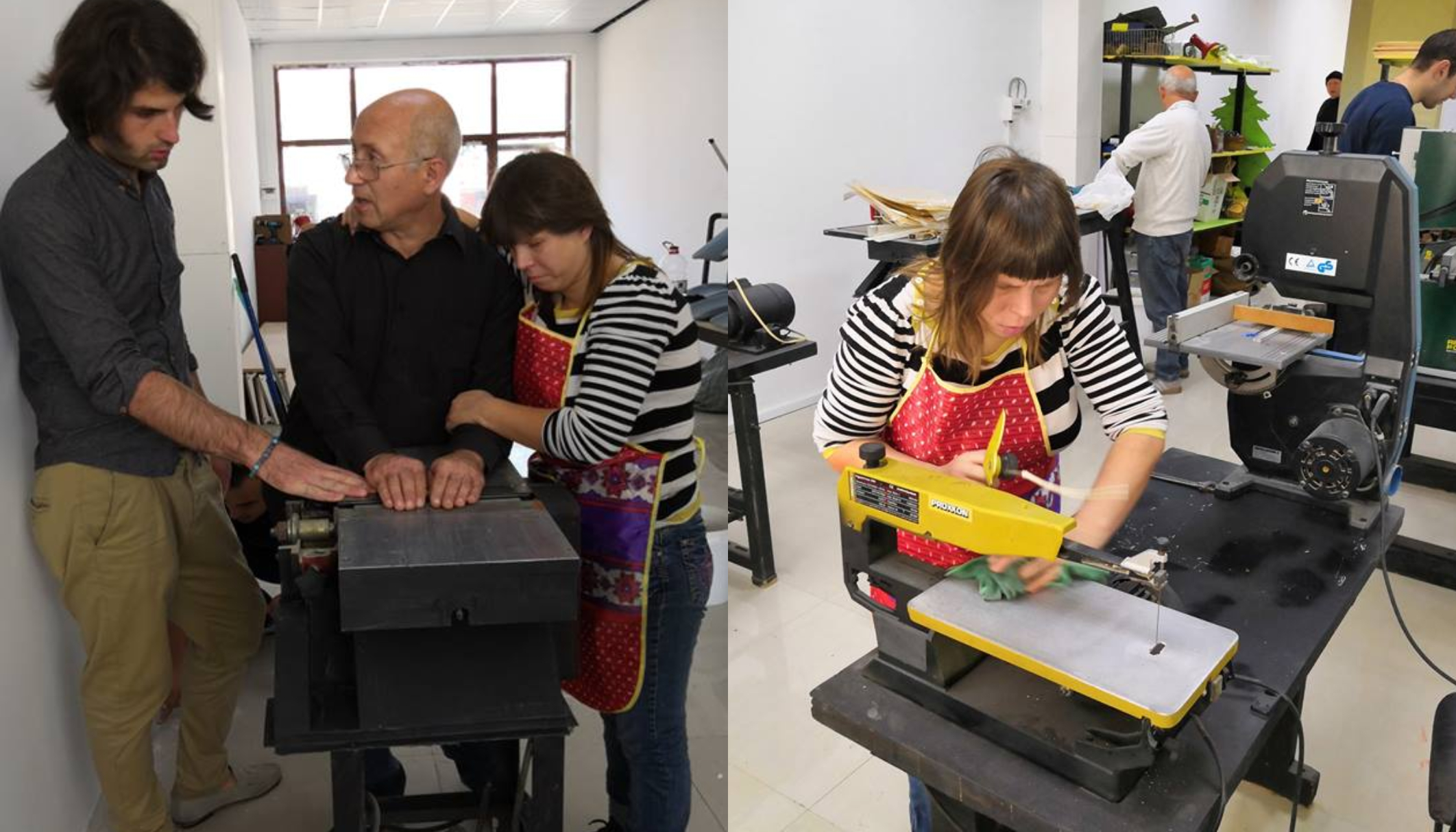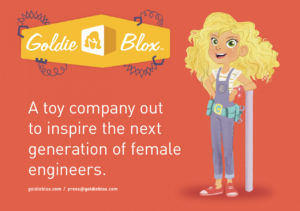
Ryan’s World
Christmas and birthdays can be a very stressful time of year for parents. Trying to get something that their kids will like can be a challenge. Ryan Kaji and his parents saw this problem and created Ryan’s World to help those parents. Ryan’s World is a YouTube channel, started back in 2015, devoted to testing out toys to see if children will like them. The tester is Ryan Kaji, a nine-year-old now millionaire. While Kaji is the main star of the YouTube channel, alongside him are his mother, father, and twin sisters. Ryan’s World consists of over 27 million subscribers and his videos have generated over 43 billion views. Ryan’s world is in the top 100 most subscribed YouTube channels in the United States. Furthermore, Kaji was named the highest-paid YouTube star in 2018 and 2019.
The Kaji family is one that holds great entrepreneurs. They saw a problem: parents not knowing what toys to get for their kids, and they created a great solution. The solution they created, making a YouTube channel where Ryan tries out different toys, was innovative and profitable. Moreover, the creative skills that young Kaji has and is still developing will benefit him greatly in life. His story is only going to get more interesting and is definitely one to stay up to date on in the future.




 Not only has she been successful in inspiring young girls, but she has also created a profitable business. Goldieblox has sold over 1 million toys all over the world and has over 1 million app downloads. Additionally, the company has received several honors and awards. Goldieblox has been named one of Fast Company’s Most Innovative Companies and was The Toy Industry Association’s Toy of the Year. Additionally, Debbie Sterling was inducted as a Presidential Ambassador for Global Entrepreneurship by former President Obama.
Not only has she been successful in inspiring young girls, but she has also created a profitable business. Goldieblox has sold over 1 million toys all over the world and has over 1 million app downloads. Additionally, the company has received several honors and awards. Goldieblox has been named one of Fast Company’s Most Innovative Companies and was The Toy Industry Association’s Toy of the Year. Additionally, Debbie Sterling was inducted as a Presidential Ambassador for Global Entrepreneurship by former President Obama. e small, wooden toys that inspire creativity and imagination in the mind of the children using it. At the core of the company is its stance for unity among people groups specifically in the workplace. By hiring people with different backgrounds and abilities the company is expanding its creativity and diversity and raising impact all in one.
e small, wooden toys that inspire creativity and imagination in the mind of the children using it. At the core of the company is its stance for unity among people groups specifically in the workplace. By hiring people with different backgrounds and abilities the company is expanding its creativity and diversity and raising impact all in one.

 “Anti-Silicon Valley” startup named Uncharted Power. Using her intellectual property rights to kinetic energy products Matthews used her initial capital to expand her toy product line. But she realized something bigger could come of her inventions. After unveiling her new power-generating products, Matthews told Forbes that she has been in communication with Disney to develop full-scale energy production in “light poverty” areas.
“Anti-Silicon Valley” startup named Uncharted Power. Using her intellectual property rights to kinetic energy products Matthews used her initial capital to expand her toy product line. But she realized something bigger could come of her inventions. After unveiling her new power-generating products, Matthews told Forbes that she has been in communication with Disney to develop full-scale energy production in “light poverty” areas.



